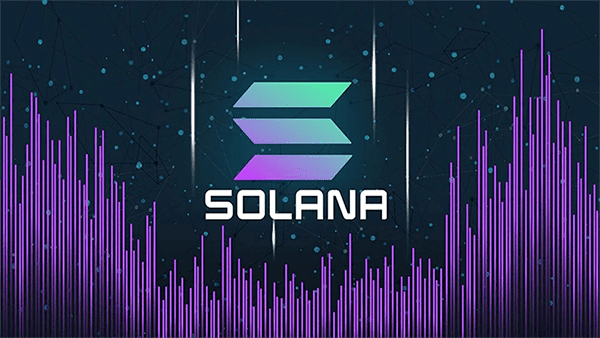
Solana is a blockchain project that aims to use Distributed Computing to provide the world with free and limitless access to supercomputing power. Solana is a new-generation blockchain based on innovations developed over the past ten years, during which Bitcoin, Ethereum, and other blockchains were launched.
The project aims to create a decentralized network of computers worldwide without any individual or company controlling it. The Solana blockchain will be similar to how Bitcoin or Ethereum run on top of a network of computers running their software. The difference, though, is that their technology would be able to provide supercomputing power for individuals in need and will do so free of cost with an integrated P2P marketplace for computing power for all users across the globe to create an ecosystem where positive change can happen.
Table of Contents
What Is Solana (SOL) Used For?
1. Pricing Rewards
Companies use their customers’ computing power to access services like social networking, entertainment, and other online platforms. Solana plans to enable users to be rewarded with Solana tokens for using their computer’s processing power. Solana price will be determined by how much the user is willing to pay for the service, which is included in the cost of their products and services.
2. Processing Power For Computational Power
One of the main concerns of the present day is how to preserve the environment. Solana plans to make this a reality by using its technology to provide every individual across the globe with access to supercomputing power and build an ecosystem where users can donate their unused processing power in exchange for Solana tokens. The process of putting Solana’s decentralized processing power to good use is called Proof of Contribution. It is a process that enables the users to donate their processing power in return for the ability to verify transactions on the blockchain or for free and limitless access to supercomputing power.
3. Large Scale Data Analysis
Many data currently stored in various cloud storage platforms need to be getting proper attention because of their size. Solana price plans to use its decentralized supercomputing network to process large amounts of data and provide users with results quickly. Solana intends to expand its ecosystem by providing users with a platform that will enable them to join the network and store and analyze large amounts of data in exchange for rewards. They will also allow users who cannot afford the hardware and software requirements for analyzing large amounts of data to rent storage space and processing power from others.
4. Cloud Storage
Another big problem that is facing us in the present day is the threat of cyber attacks. Solana has developed a security solution enabling users to encrypt their stored data using “secret sharing.” The secret sharing technique allows users to split their data into multiple parts, which are held on different computers around the globe. This way, if one part of the data stored in a specific location becomes compromised, there will still be other undamaged parts across the network that are keeping it safe from being accessed by hackers. Solana will also use quantum-proof algorithms to protect its system.
5. Decentralized Marketplace
Solana’s technology will provide its users with a platform where they can buy, sell and trade computing resources anytime without any restrictions. It will also aim to build a decentralized marketplace where users can interact, share and sell their products and services. It will provide a marketplace where users can access supercomputing power that is otherwise unavailable due to large amounts of data or processing power requirements for a specific task or project.
6. Smart Contracts
Solana plans to use the smart contract functionality of Ethereum, one of the most widely used network platforms, to create a decentralized network where computational problems are submitted to the web, and people willing to donate their processing power can do so and get rewarded in return. It will also allow users to create infinite intelligent contracts and submit them to the blockchain.
7. Scalability
The Solana blockchain was designed to achieve millions of transactions per second, making it capable of handling large amounts of data and processing power requirements by organizations and companies in a brief period without having to spend too much on buying supercomputing power from big cloud computing providers. It will use a multi-threaded Byzantine Fault Tolerant consensus with several key points that make it capable of achieving lightning-fast speeds.
8. Quantum Computing Resistant
Solana uses a much different approach for reaching consensus compared with other blockchains. Bitcoin and Ethereum have to agree on the order and time of every single transaction that is being made as well as its contents. Solana achieves consensus by making transactions immutable, similar to how transactions are recorded in traditional accounting systems. It means that every part of the transaction contains proof that cannot be altered once it has been verified by all parties involved in the network.
9. Real-Time Transaction Processing
Solana’s blockchain is designed to allow for rapid transaction processing. It means that when a pre-approved money transfer is made, it can be done in a matter of minutes rather than waiting for days. Solana will use a solution pioneered by Ethereum called Plasma that allows the transfer of funds to happen instantly with zero fees.
The Solana project has been designed in such a way that it can help to transform the present-day world. It will make advanced scientific research, small and large-scale data analysis, and big-data processing much easier and cheaper than it is today. The members of the network will fully control its decentralized ecosystem. It will allow them to keep their data safe from cyber-attacks while benefiting from the growing supercomputing power available in this blockchain.

